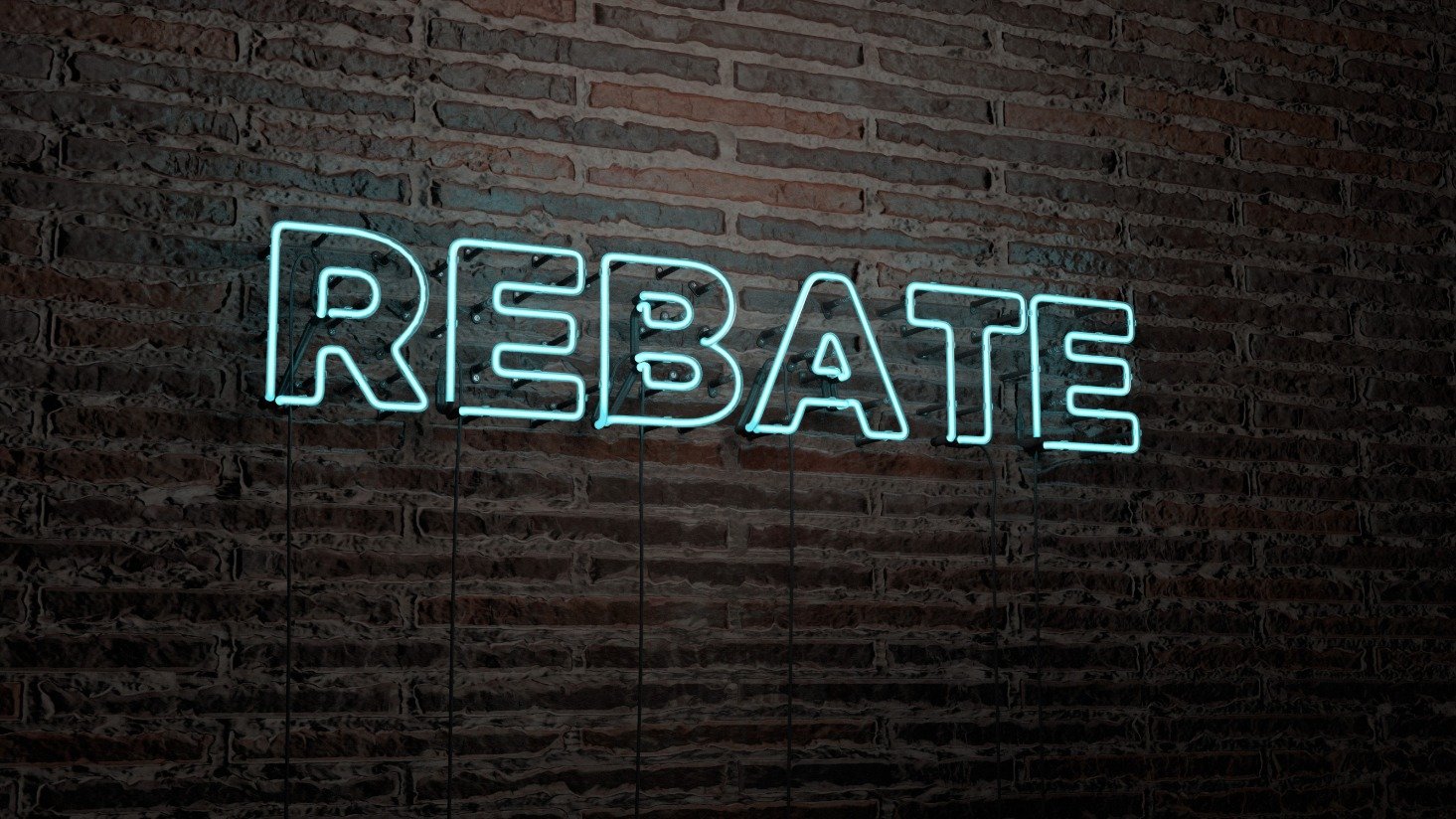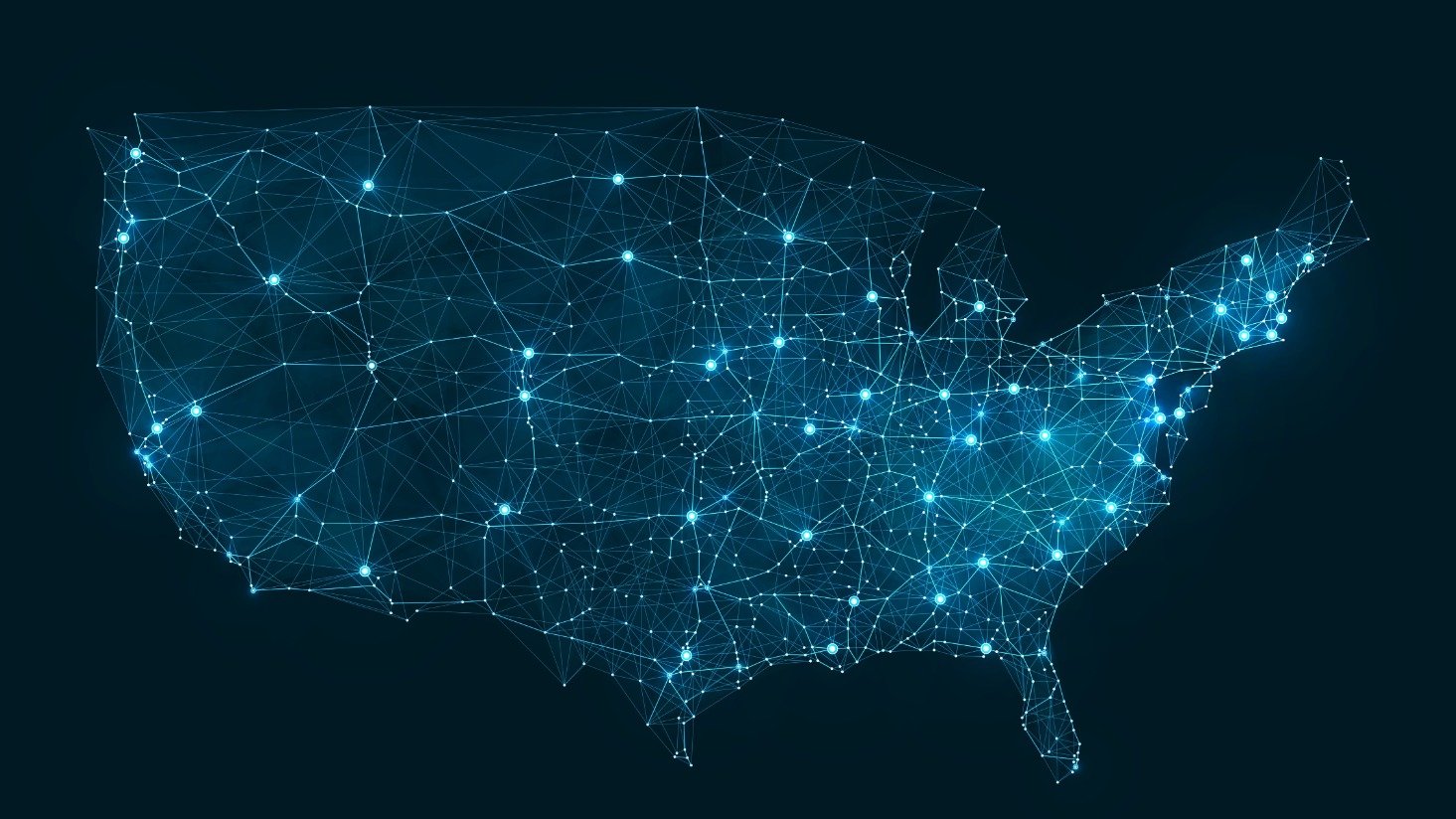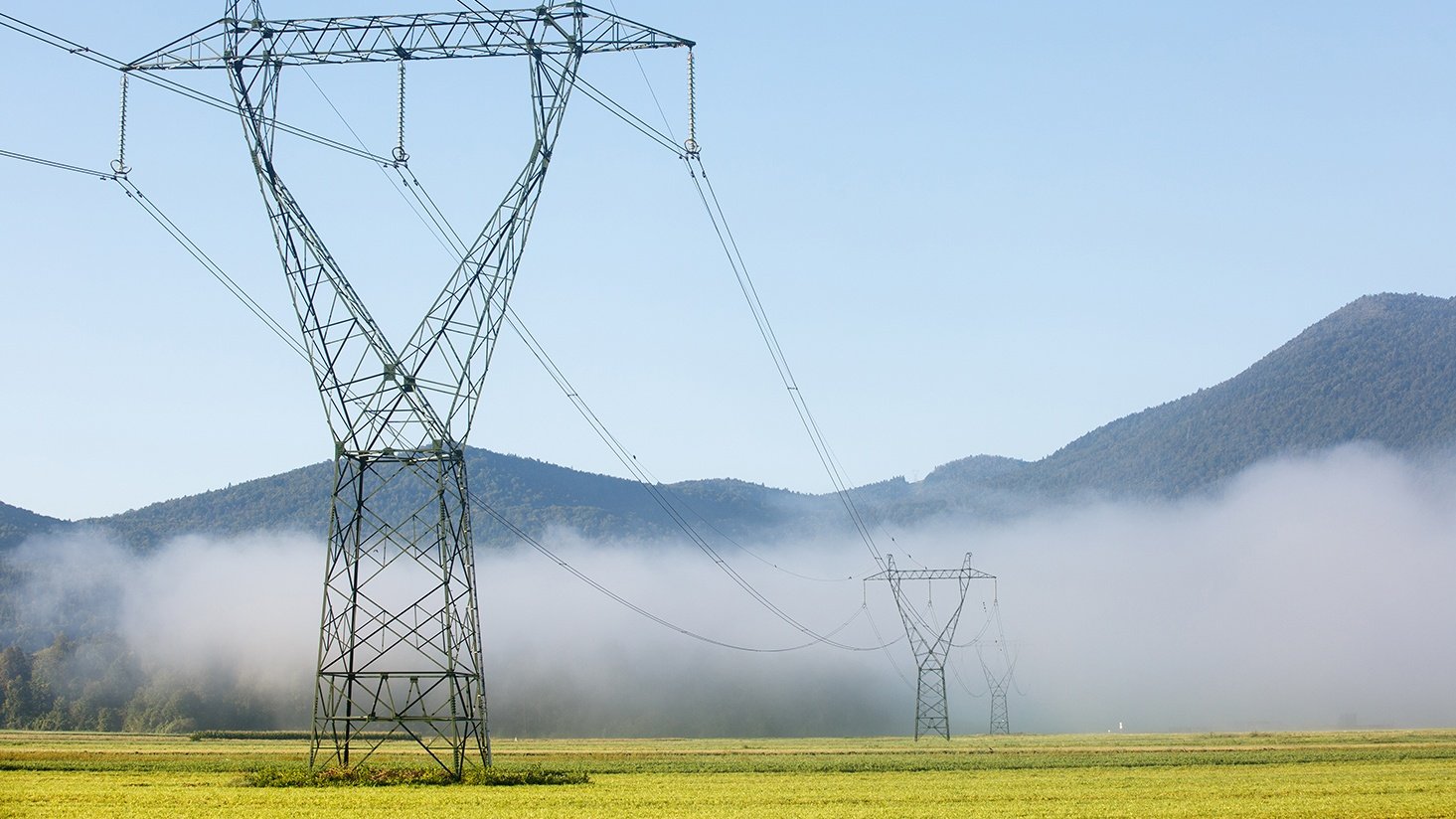What is a lighting rebate bonus program?
text here for the intro
If you're in the middle of planning a project, you may also be looking for rebates to maximize savings. A lighting rebate bonus program can result in even more savings.
Utilities began offering bonus rebates during the COVID-19 pandemic to incentivize more commercial lighting upgrades, achieve energy saving goals, and reduce demand on the grid. Even though projects have picked up to pre-pandemic levels, the number of bonus programs has continued to grow — which is a major benefit if you're ready for an upgrade.
Bonus programs can range from an extra 10% or 20% to nearly 50% over existing rebate measures. Right now, our friends at BriteSwitch say there is a record number of bonus programs available for commercial lighting upgrades. Now is the time to take advantage of extra savings!
Types of lighting rebate bonus programs
Most types of bonus programs have their own set of requirements outside of standard rebate programs. Some of those requirements may include:
- Specific dates for equipment installation and application submission
- Specific products across different applications
- Whether the project is new construction or retrofit
- Number of past submissions to past utility programs
There are also several different types of bonus programs available, summarized below.
1. Bonus on specific products
Certain product categories may attract more participants, so a utility may offer a additional incentives on particular product types or product categories. Utilities will specify for a product type, but they won't require use of a certain brand or model.
2. Bonus on certain customer categories
To incentivize certain industries to upgrade lighting, utilities may assign bonus programs to specific market segments, such as schools or community colleges. The bonus program is intended to persuade additional customers to retrofit their products.
3. Across the line bonus (time-based bonus)
Sometimes, utilities will offer an incentive to everyone who completes a project within a certain time frame, regardless of project size, application, or product type. This type of bonus can be really appealing for lighting projects since it's offering across the board, or "across the line."
4. Trade ally bonus
A trade ally bonus is often used to incentivize the person selling products instead of the end user. Typically, this program requires approval and training to become certified. The bonuses go to the distributor, contractor, or ESCO instead of the customer.
Tips to take advantage of lighting rebate bonus programs
Planning ahead (as much as possible) is key to taking advantage of lighting rebate bonus programs. Here are tips to as you prepare to apply for rebate bonus programs:
1. Look for bonus programs in the fall. Traditionally, bonus programs appear towards the end of the year as utilities struggle to meet targets. Recently though, utilities have started rebate bonus programs as early as the spring to try to incentivize more energy efficiency projects.
2. Look for opportunities to upgrade T8s and T5HOs. Many of the lighting products known as 'energy hogs,' like T12s and metal halides, have already been upgraded.
4. Look for incentives during projects. Since timing of bonus rebate programs can be a little unpredictable, it's always a good idea to look for incentives during any project. You never know when you'll be able to save a little extra for your building or for your client.
Rebate bonus programs can be a great reason to pull the trigger on a project, but keeping up with every detail can be tedious. If you're ready to move forward, schedule a free lighting consultation with one of our lighting experts. We can help you sort through rebates to find the best one and assist with paperwork to make sure every i is dotted and t is crossed.











